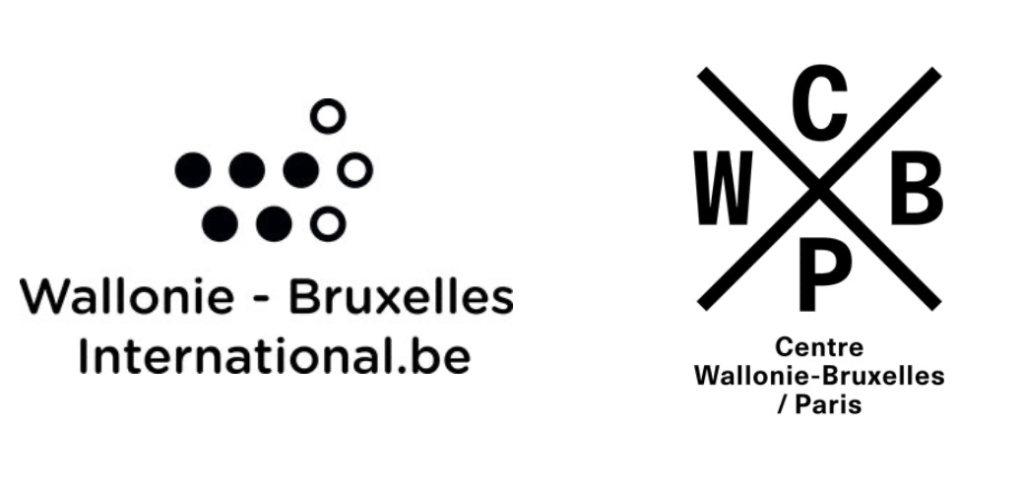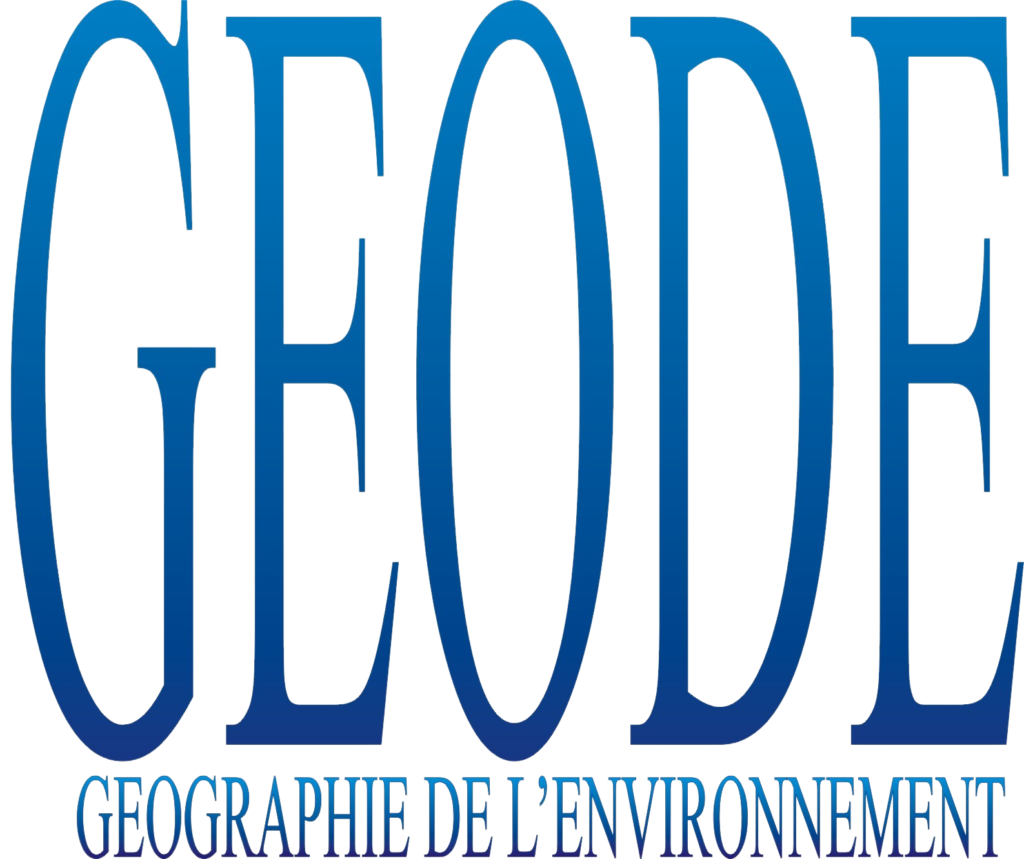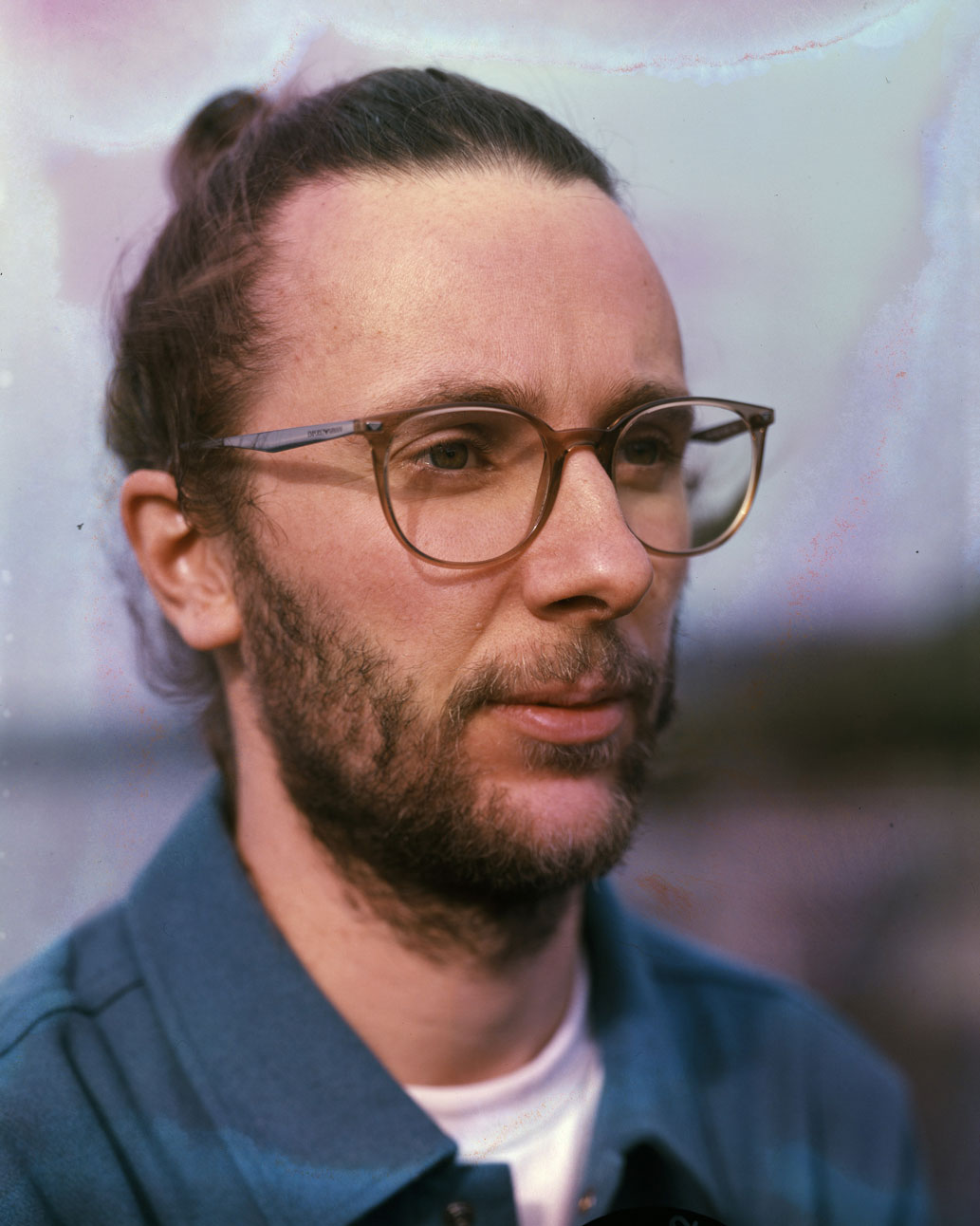TÉO BECHER
EMMÊLEMENT ET AUTRES HISTOIRES DE FORÊTS
Téo Becher is one of the laureates of the Résidence 1+2 #2023.
For his series Emmêlement et autres histoires de forêts, he accompanied researchers from the laboratoire GEODE (Géographie de l’Environnement) in Toulouse (GEODE – CNRS/Université Toulouse Jean Jaurès) on field trips. Téo’s questions are rooted in the incessant opposition between nature and culture. The photographer includes in his approach a major issue: the impact of human activity on the landscape. Téo is also interested in scientific and museum representations of nature, photographing researchers’ samples in the laboratory, as well as certain artifacts on display at the Muséum d’Histoire Naturelle in Toulouse.
These images question the establishment of a relationship with the world through the visual production of science, and the ways in which this production is shown to the public, according to a strict classification that reinforces the separation between nature and culture. By exploring the mountains and forests of the Occitan region, the aim is to analyze our perception of what we call nature. What concrete consequences does this perception have?
Téo Becher invites us to rethink the way we look at our environment, and makes us aware of the importance of making it more complex.
Téo Becher (1991-) was born in France and now lives in Brussels. His photographic work focuses on the complex relationship between nature and culture. His photographs suggest the trace of human intervention in different environments, transformed according to human needs.
A new era of bonds
The series Emmêlement et autres histoires de forêts questions the notions of nature and culture, interrogating the limits, edges and interactions between these two concepts built on antagonisms that can be considered relatively false or mystifying. Accompanied by researchers from the laboratoire Géographie de l'Environnement (GEODE - CNRS/Université Toulouse Jean Jaurès) in Toulouse, Téo Becher walked in natural spaces - mountains and forests - in search of the traces left by humans in the landscape.
At what point do we distinguish between an intervention that transforms the environment and its full integration into the environment?
When can we consider that the orthesis, or any structure placed in the territory by modifying it, has lost its power of artificialization?
Should we simply wait for time to do its work and smooth the eyes of the viewer?
The anthropologist Philippe Descola has clearly shown in his major works that the Western dualism between nature and culture is far from being self-evident everywhere on the planet, and that there are many other ways of objectifying the world and others. The concept of nature has thus nothing natural about it, as well as that of landscape, which is an aesthetic and social construction, the framing of a place being able to proceed from a will to control the space to reduce its complexity and mobility.
Téo Becher observes the way in which territories are shaped, by humans and non-humans. For him, there is porosity, hybridization, dialogue; the idea of a closed or pure place escaping from corruption falling under the Rousseauist fantasy concerning the ideal virginity of the first world is not valid. The nature composes with the human, who composes with her, or the force, in a process of more or less permanent consensual exchanges. The artist thinks links, exchanges, inventions, but also experimental research on the substance of the image, its alteration, its persistence, its spectrality, its own life. Sometimes close to abstraction, the images of the photographer are above all "cosa mentale", rather than pale reflections of an unambiguous exteriority. Nothing didactic here, but a meditation of fine poetic essence on the autonomy of the living, and in a certain way of the images. There is the visible and the invisible, what is offered to the sight and what is hidden, the given and the hidden inscribing themselves in a dialectic process where the one does not go without the other, where the form does not conceive itself without the powers which force it to move intimately. (...) But the artist also questions the scientific and museum representations of nature by photographing in the laboratory samples taken by researchers, as well as leaves, plants or roots presented at the Museum of Natural History in Toulouse, the way in which we exhibit, show, classify, constructing for the public a specific relationship to the world made mostly of distinct categories and partitions.
The strict dualistic thinking leads to processes of domination of nature, whose deleterious effects we cruelly feel today. Landscapes are consuming, we protect in reserves, we are persuaded of a catastrophe to come. However, Téo Bécher shows it, the stubble-burning also prevents fires and the anthropized forests reinvent themselves, once the human passed to other activities or exploitations. The wonderfulness of the living, such as his visual research shows us, is much more amazing than human thought.
Fabien Ribery
GEODE, « Géographie de l’Environnement » is a joint CNRS laboratory focusing on complex human-environment interactions and socio-environmental dynamics. It is organized around 3 axes: geohistory and paleoenvironments; territorial issues; and the construction of knowledge on the environment and sustainable development.





